“You only get one chance to make a great first impression,” goes the old adage. That’s the essence of curb appeal. When someone arrives at your property, they can be pleasantly surprised, or disappointed. Much of that reaction will depend on how much effort is made to keep your property looking and feeling its best.
And important as that effort is, it doesn’t have to cost a fortune. Maintaining your curb appeal doesn’t mean a major lobby overhaul every year, or even every five years. Strong curb appeal is the result of regular maintenance efforts, right down to daily routines like polishing brass, cleaning windows, and tidying up plantings.
Cleanliness is Next to…
Ground zero for maintaining curb appeal on a budget is to attend to it every day as part of your building’s regular daily maintenance routine. Pick that low hanging fruit by keeping the sidewalk frontage, lobby, and common areas neat, tidy, and clean.
“Start with low cost, basic items like cleanliness,” says Eugene Cordano, president of Brown Harris Steven, New Jersey. “Just maintaining clean sidewalks, orderly shrubs, cleaning up daily, sweeping the walkways, believe it or not, goes a long way. When people arrive at your building it might not be brand new, but it’s clean. That makes a huge difference.”
“In full service buildings, make sure the person at the door looks good,” says Dan Wollman, CEO of Gumley Haft, a New York City-based real estate management firm. “Their uniforms must be clean and pressed. Their shirt and tie must be neat, and their jacket and shirt not worn out. Hair should be well cut and in place, and if they have facial hair it should be well-trimmed. They are the first person anyone coming to the building, resident, guest, or prospective buyer, will see when they enter. Your staff are like the tie in a shirt/suit ensemble. It’s the first thing someone sees, and it has to look good.”
Scott Wolf, CEO of Brigs Property Management in Boston suggests starting with the trimmings and plantings outside the property. “Low-maintenance plantings that are sustainable and don’t need a lot of care are a great way to increase curb appeal on a budget,” he says. “I visited some of our buildings recently and noticed that the signage on the mailboxes and intercoms were a bit messy. We sent someone over with a label maker and cleaning solution. He changed the labels so everything matched, and buffed the metal on the mailboxes.” With just those small improvements, Wolf says, “Everything looked new.”
“You don’t have to break the bank,” agrees Betsy Lichtman, a licensed real estate broker and property manager with over forty years’ experience, located in Boynton Beach, Florida. “Keep things neat and clean. Regular maintenance is very key to keeping things looking fresh. Power-wash the sidewalks, as water in Florida contains rust. You see it on the curbs on concrete. No one wants to see that.”
Past the Front Door
Curb appeal doesn’t stop at the front door of the building. Maintaining your lobbies and common areas is as critical as maintaining the entrance that greets visitors and residents alike.
“As crazy as it sounds, taking a good, hard look at the condition of the existing finishes in your lobby and common areas is basic and essential,” says Marilyn Sygrove, president of Sygrove Associates Design Services in New York City. “Clean and polish your floors. You have no idea how many times I walk into a lobby with terrazzo or marble floors that look terrible, because the building is not doing routine professional cleaning and polishing of the floors. Additionally, keep your furniture looking youthful. Have the fabric professionally cleaned. Add accent pieces that don’t break the bank, like a coffee table or area rug. Put on a fresh coat of paint as needed. One small change can be extremely impactful.”
“Interior upkeep is very important,” says Brian Phillips, a broker with Douglas Elliman in New York. “Lobbies and hallways should be bright, well-lit, and free of clutter, with polished flooring and fresh paint. Clean, modern elevators and clearly labeled, well-organized mail and package areas help create a sense of order and professionalism. Proper garbage placement is crucial as well—designated disposal areas should be orderly, with clean, enclosed containers that minimize odors and spills.”
Some Do’s & Don’ts
What else can shared communities do—and avoid doing—to keep their curb appeal up without a full-blown renovation? How should they manage the process? Our experts have a few suggestions.
“On the don’t side,” says Cordano, “those who have served on boards already know that residents have opinions—and you can’t please everyone. The board needs a group or subcommittee with a sense of design to make decisions about upkeep in a rational way. If your property is an older, classic building, maintain it in that way, instead of throwing out everything and starting new. Many buildings have a brand identity, and that serves them well. If the building falls into disrepair and needs to reenergize, to put itself back up on the stage, so to say, make sure those on the board making decisions are capable. Bringing in a designer is expensive.”
Wollman is a proponent of flowers in the lobby. “Lots of buildings use orchids,” he says, “but I’m a fresh flowers guy. They look better, and make a bigger statement. If I see a nice bouquet of flowers, I like that. Lobbies should be understated. They’re not actually for people to sit in. The space should look inviting, but not be inviting in reality. So, uncomfortable-but-good-looking furniture. On the don’t side, door staff should not engage guests in conversation. They should greet the guest, find out why they are there, and direct them to where they should go.”
“When picking colors,” says Wolf, “pick generic colors. Same goes for artwork. Don’t ever go with the personal selections of only one board member. Get input from the owners too. They may not like a mauve lobby, for example. Do what’s practical and reasonable, so the owners—not on the board—say, ‘Nice little touch.’”
“Clutter should be avoided,” adds Phillips. “Too many flyers, excessive signage, and outdated bulletin boards create visual chaos. Minor maintenance issues, such as cracked pavement, peeling paint, or a malfunctioning intercom system may seem insignificant, but they signal poor management to prospective buyers and residents. Boards should also ensure design consistency—mixing ultra-modern fixtures with historic elements without cohesion can create an awkward, disjointed aesthetic.”
“Be smart about what you plant and where you plant it,” Lichtman advises. “In Florida our grounds are at the mercy of changing weather patterns. After a storm, sweep out any debris. Remove your trash and garbage collection areas to somewhere out of sight. Move it away from where people can see it.”
What’s Current
Curb appeal is as old as habitation itself, but tastes change, especially in this age of lightning-fast media. So what are some trends in curb appeal today?
“We’re seeing a lot of what we would call ‘transparency,’ says Sygrove. “What do you see from the sidewalk when you walk past, and what do you see inside the lobby when you look into the building lobby at night? These are visual snippets or vignettes that people will focus on when they are apartment shopping, or that a person from the neighborhood ‘feels’ as he or she walks by. More specifically, clean lines in upholstery and wall treatments where the quality of the materials stand out is very important. Less is more, with subtle and discrete details. Light fixtures that sparkle and throw light that enhances the materials and furnishing without blasting the spaces with light are also good examples.”
“Curb appeal trends in Manhattan are shifting toward smart technology,” says Phillips. “Clean design, and functional outdoor spaces. Many buildings are upgrading entryway lighting with motion-sensor and energy-efficient LED fixtures, improving both security and aesthetics while creating a polished, upscale look. Outdated signage and cluttered façades are being replaced with sleek, minimalist design elements, such as frameless glass entryways, refined address numbers in brass or stainless steel, and uniform mailbox systems that blend seamlessly into lobbies. These updates create a sophisticated and contemporary aesthetic, making buildings feel more modern and well-maintained.”
Lighting is a key trend, explains Cordano. “The way a building looks can be augmented cheaply with excellent lighting, which increases curb appeal at night. Lighting also increases the safety element, which in turn increases curb appeal. Safety is one of those subconscious things residents and visitors alike are aware of. Landscape lighting is also a big plus, very upper end. It looks good.”
Effect on the Bottom Line
One of the more opaque effects of curb appeal is on sales price. It’s hard to put it into hard numbers, but when a property shows better, units will command higher prices.
Wollman says curb appeal has a clear and measurable effect. “If I went into a building that had no curb appeal, I might not even look at the apartment. Top-shelf curb appeal might not add, say, 10 percent to sales prices, but more generally, it attracts buyers, and sales happen more quickly. If a building doesn’t show well, why would you want to live there? You want to live in a place that looks good.”
With that said, start polishing.



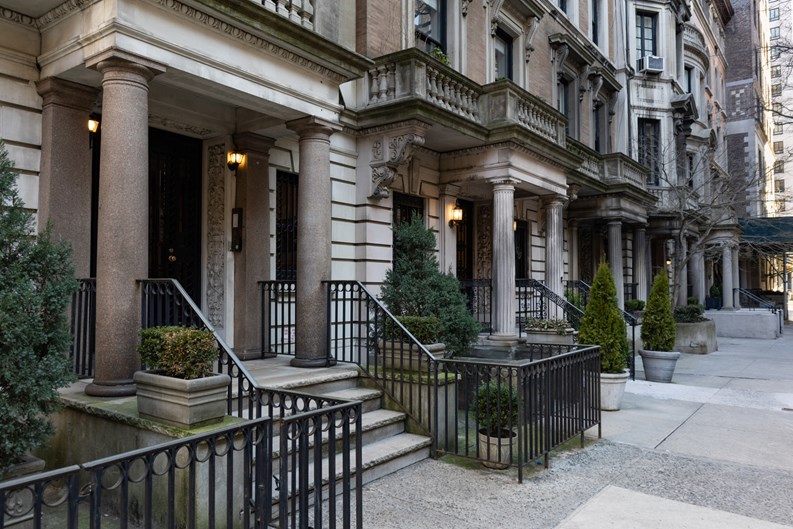
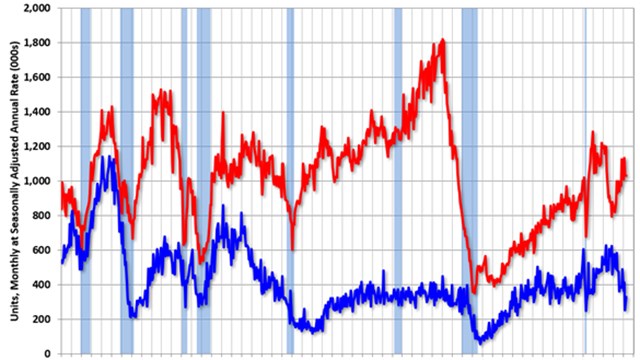
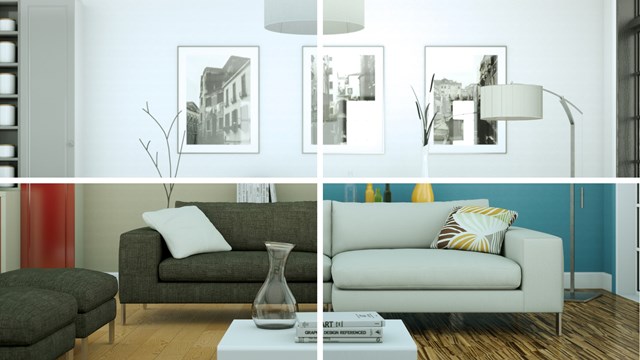
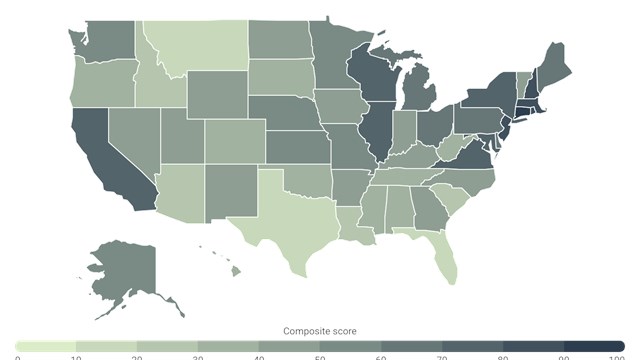
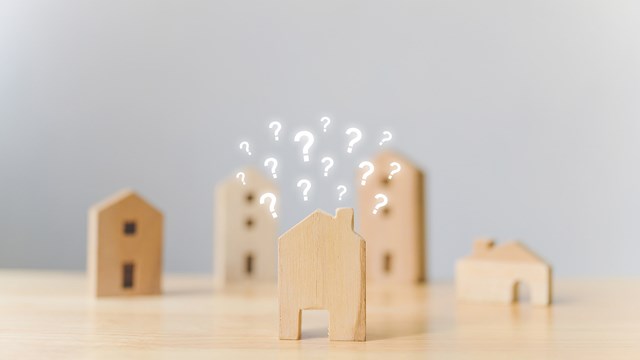
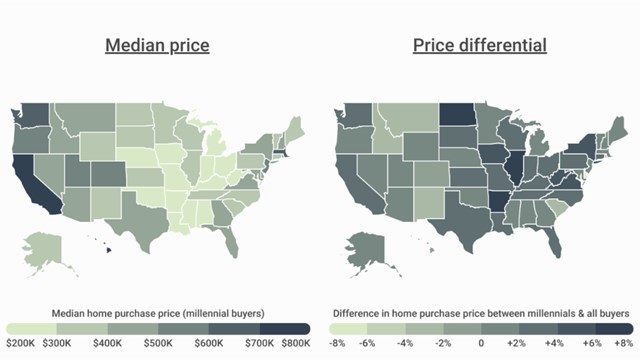
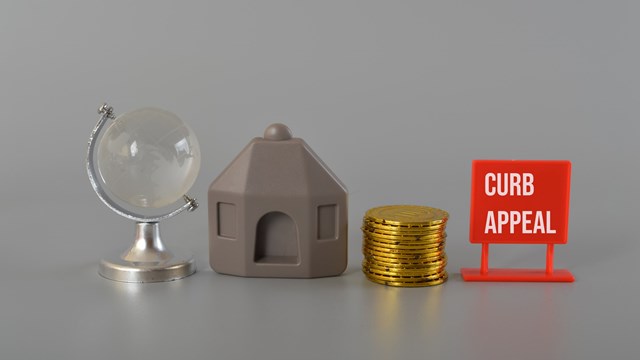
Leave a Comment